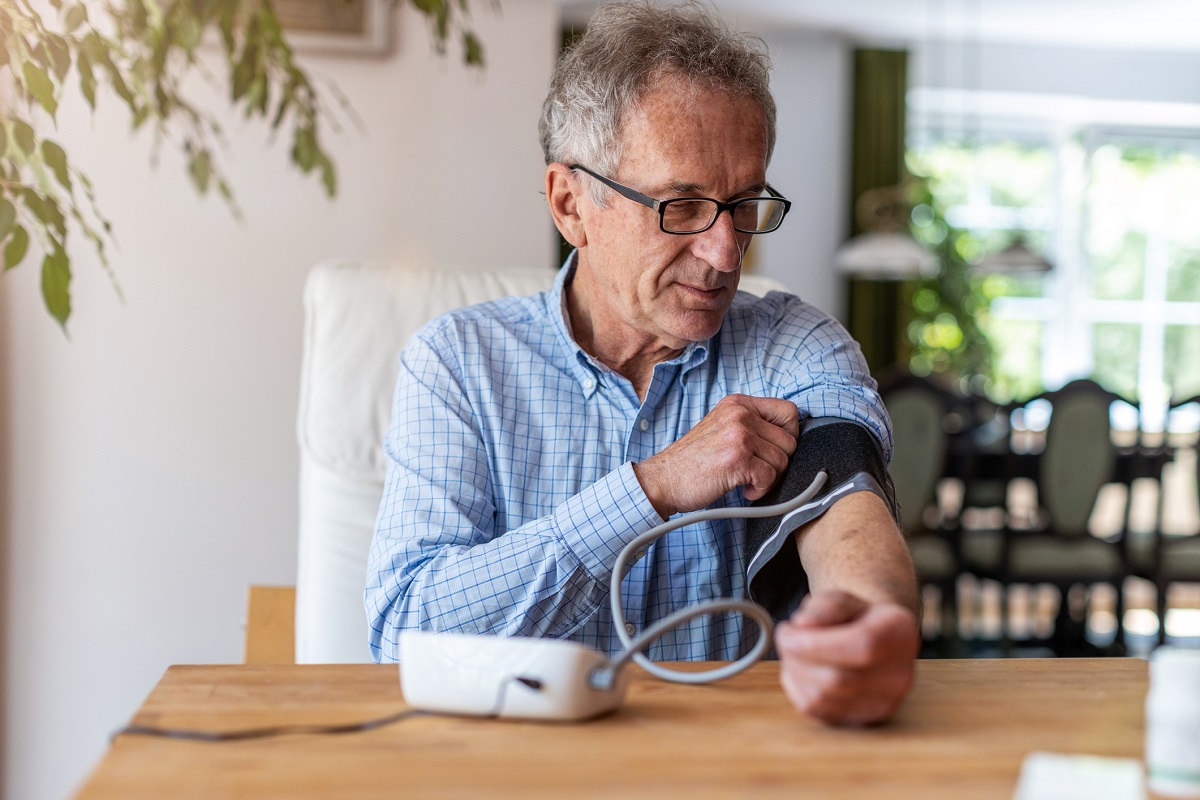Here are some highlights from our conversation (edited for clarity and brevity):
Please introduce yourselves and tell us a bit about your work.
MG: I’m a general internal medicine physician in Calgary. I am the medical lead for community senior services in the Calgary zone: that's Metro Calgary and the surrounding rural areas. I’m also the medical lead for the Complex Care Hub program in Calgary. That's based at two hospitals and functions as a Hospital at Home program.
ST: I am a hospitalist physician, trained as a family doctor, working in Victoria, BC. I have been involved with our local Hospital at Home project for the last couple years. I’m currently the medical lead for a program which is operating now out of two hospitals: the Victoria General and the Royal Jubilee Hospital. We’re the “new kids on the block,” having only started about six months ago.
Could you please give us an overview of what “hospital at home” care is?
MG: The broad definition of hospital at home is the provision of hospital-level care in a patient's place of residence, for conditions that would otherwise require hospitalization. Those conditions can vary based on what the admission practices are in different locations. That's the broad definition of hospital at home: to replace days in hospital or shorten the length of stay.
ST: In general, we divide hospital at home into two types. The first type is called “early discharge” hospital at home. Early discharge hospital at home refers to identifying patients who are presently in hospital, typically on a hospital ward, who meet the eligibility criteria to continue their hospital stay through the Hospital at Home program. So those patients return home within the Hospital at Home program.
The second type of hospital at home is called “hospital avoidance.” The Hospital at Home program is able to connect with [patients] before they have even stepped foot within the hospital, assess them, make a diagnosis, deem them eligible for hospital at home care, and then provide that care for them in their place of residence.
What types of technology do you use to enable hospital at home care?
ST: In Victoria, our monitoring has to do with vital sign measurements. We leave a blood pressure cuff, a thermometer and oxygen saturation monitor at the bedside. And we ask that our patients, perhaps with help from their caregiver, take their vital signs several times a day. If the patient and caregiver are feeling that they can manage, they are able to use a tablet at the home to enter that data, which will then automatically upload into our hospital system.
MG: We also use the hospital electronic health record. We created a virtual inpatient module within the electronic health record…I can be sitting at home or in the hospital and write an order, the paramedic will carry it out, and [then] sign off the medication in real time. And they can read my notes; I can read their notes. It allows all of us to have one source of truth.
Tell us about the new Hospital at Home group on InfoCentral.
MG: Over the last few years, I've gotten a lot of people from across Canada asking me about [hospital at home] care. Our thinking was that we need to start bringing together people who have an interest in this type of model, potentially give them some support if they need it, but also learn from them in terms of the innovations that they bring, because inevitably, your local context makes you innovate in a different way.
Be sure to tune in to Digital Health InfoCast for the rest of our two-part episode with Dr. Grinman and Dr. Tierney. Are you a clinical or operational leader managing an existing Hospital at Home program or are you in the process of developing a new initiative in your community? Contact
Have a comment about this post? We’d love to hear from you.





